From Paper to Paper
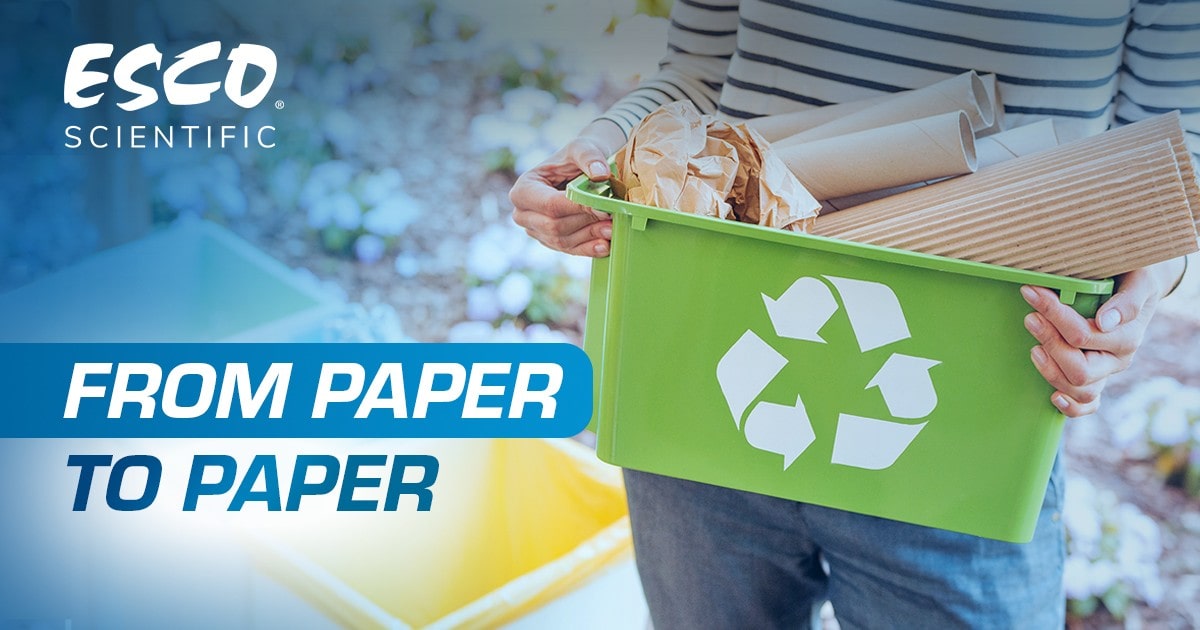
Paper has a large production rate of around 400 million metric tons annually and is regarded as a highly recyclable material. Commonly, the types of paper that can be recycled are magazines, old newspapers, notebooks, and used envelopes. While other forms like wrapping, corrugated/cardboard, and packaging papers are typically assessed for recycling suitability prior to the process.
Paper recycling eventually reaches the point where heavily shortened fibers may cause the paper to not fit for processing anymore. Aside from this, some sorts like carbon paper, stickers, and those contaminated with food are no longer suitable for recycling.
Recycling is a requisite technique to help in pollution reduction and minimize waste amassing, hence, paper recycling plays a significant role in fostering global sustainability.
Recycling Process
The paper recycling process can be broken down into 5 general steps:
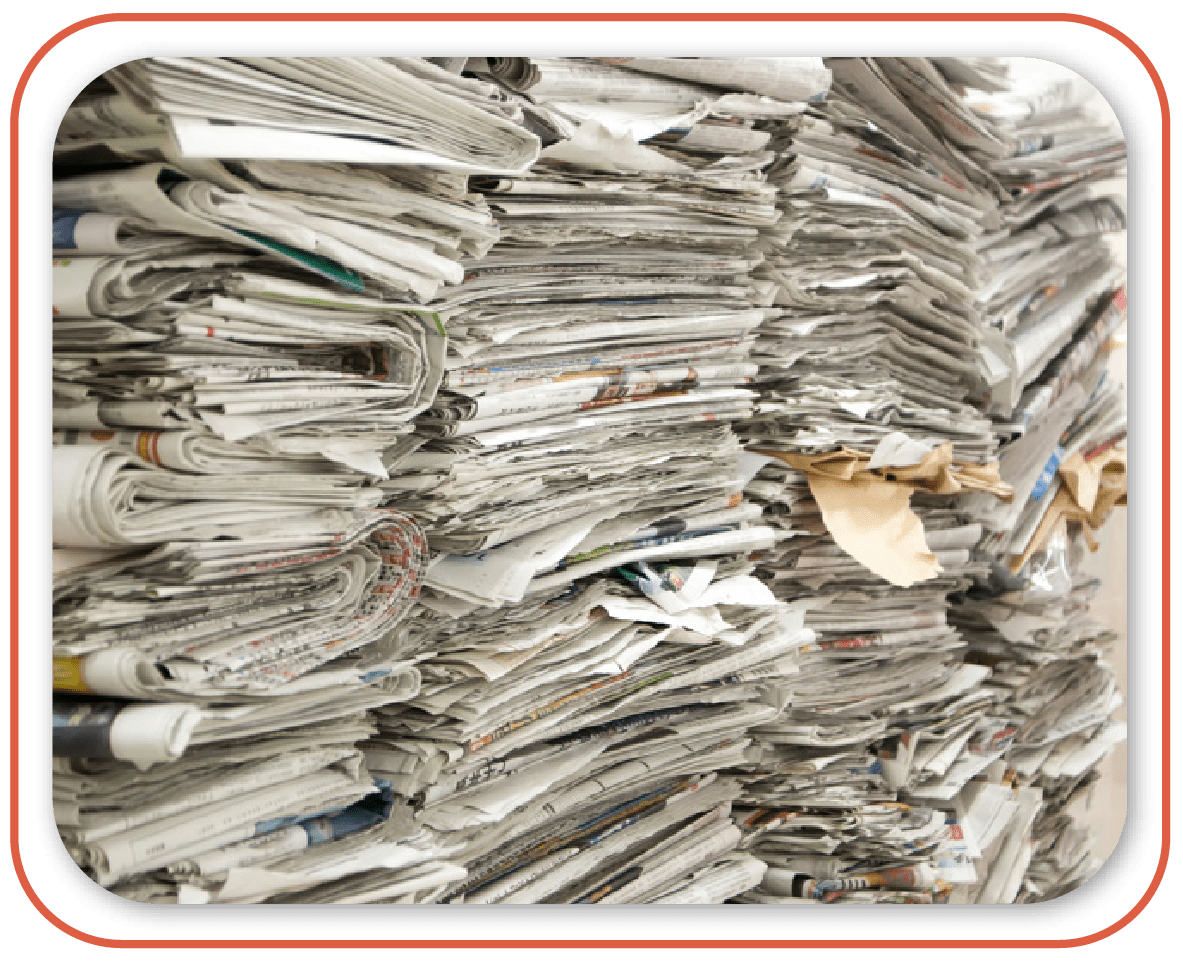
Gathering of used papers requires proper segregation because not all types of paper can be recycled such as wet paper and those contaminated with food, oils, or chemicals.
Gathering of used papers requires proper segregation because not all types of paper can be recycled such as wet paper and those contaminated with food, oils, or chemicals.
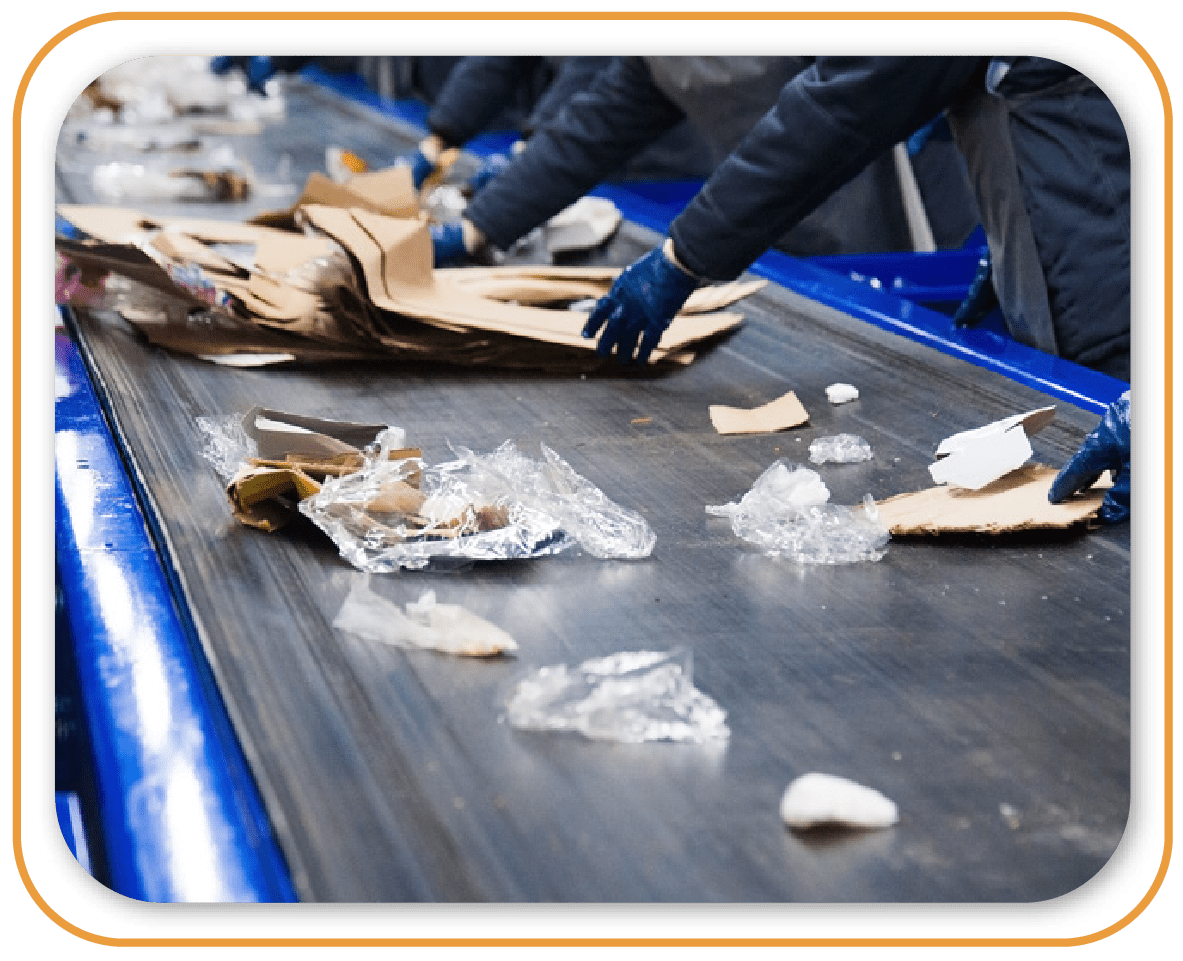
After collection, papers are checked and graded based on quality. It is then transported to the recycling facility where thick types of paper are segregated from thinner ones.
After collection, papers are checked and graded based on quality. It is then transported to the recycling facility where thick types of paper are segregated from thinner ones.
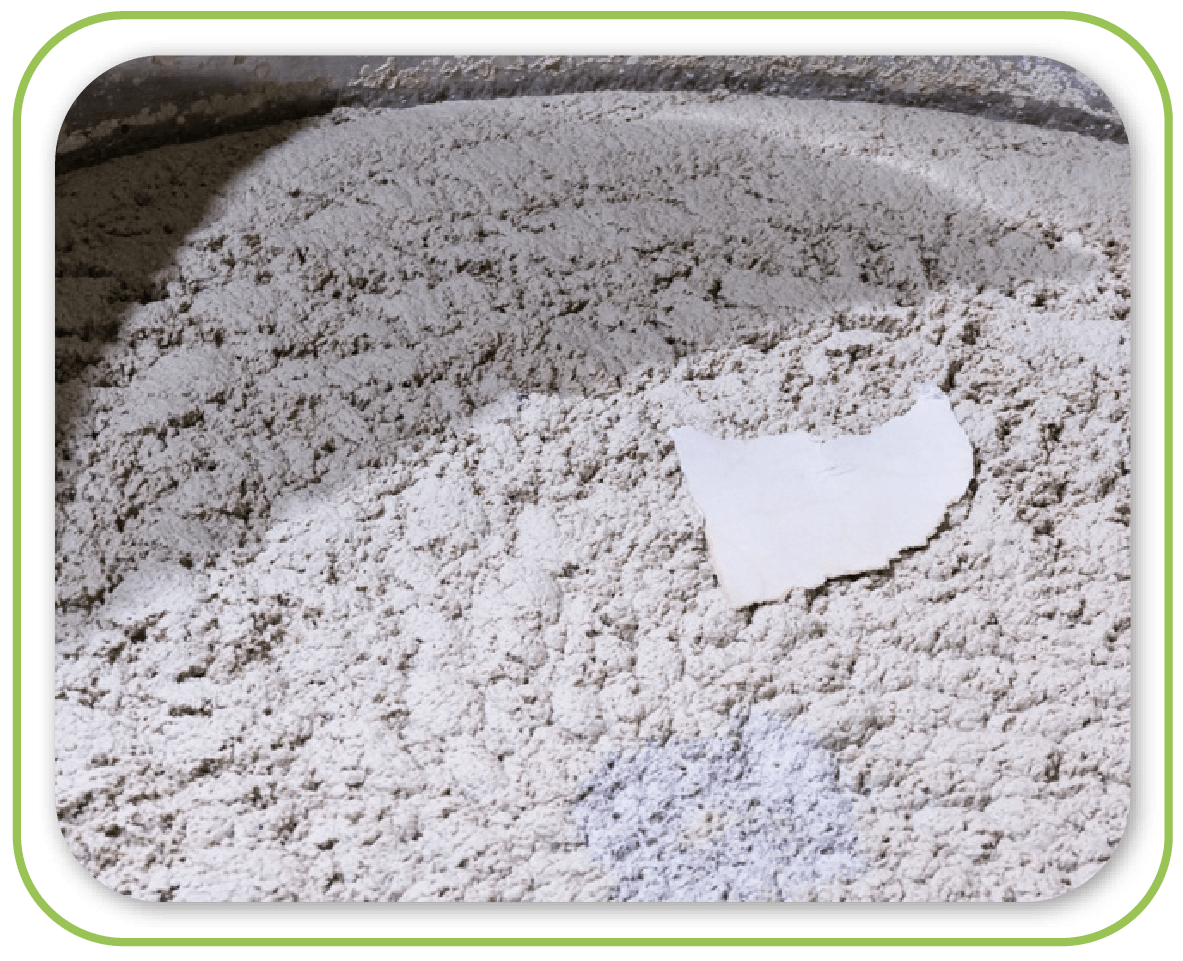
Once sorted, papers are sent to the paper mill and shredded into smaller pieces then mixed with water and chemicals to break down the paper into fibers. This mixture is thoroughly strained to remove unwanted materials.
Once sorted, papers are sent to the paper mill and shredded into smaller pieces then mixed with water and chemicals to break down the paper into fibers. This mixture is thoroughly strained to remove unwanted materials.
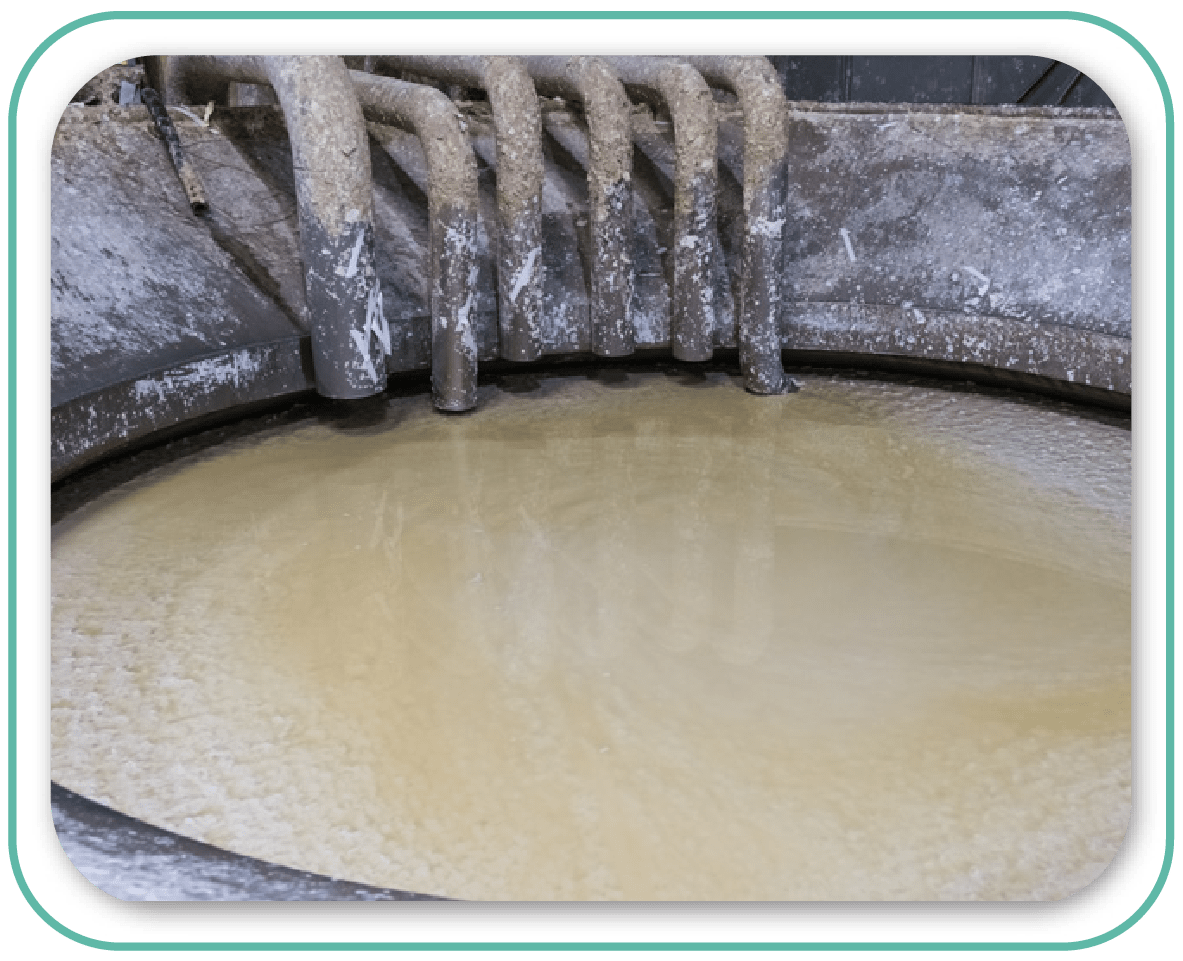
During de-inking, ink particles float leaving a whiter pulp at the bottom of the tank. Chemicals are usually added to aid in the flotation process along with bleaching agents to produce white paper or dye for colored products. Virgin fibers from trees are added to enhance the quality.
During de-inking, ink particles float leaving a whiter pulp at the bottom of the tank. Chemicals are usually added to aid in the flotation process along with bleaching agents to produce white paper or dye for colored products. Virgin fibers from trees are added to enhance the quality.
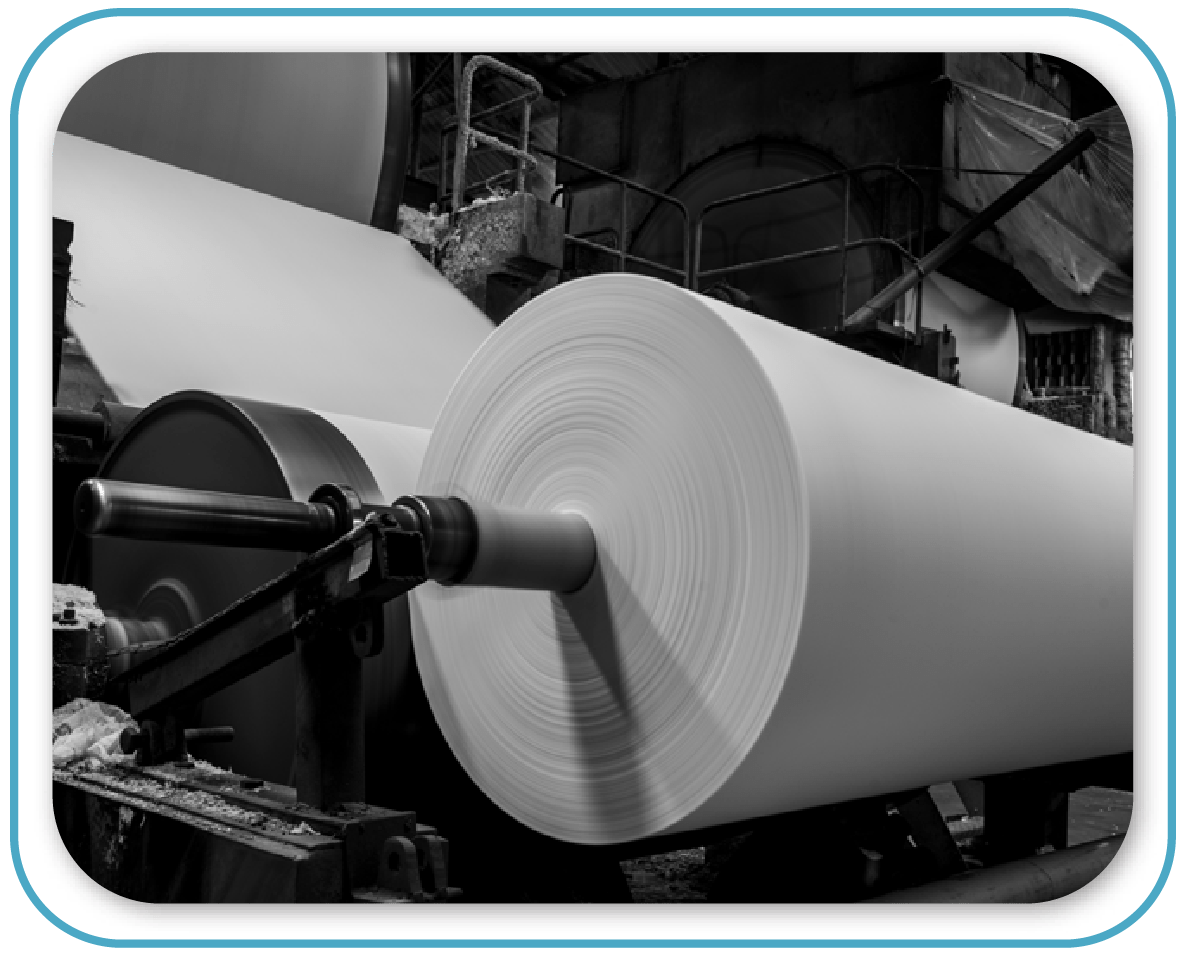
The pulp mixture is passed through rollers that flatten and squeeze out excess water. It is then dried with heated rollers producing a large roll of recycled paper.
The pulp mixture is passed through rollers that flatten and squeeze out excess water. It is then dried with heated rollers producing a large roll of recycled paper.
Delivering Solutions Through Safety
The pulping and de-inking steps use harmful chemicals such as sodium hydroxide and hydrogen peroxide. Preparing these chemicals for the paper recycling process would require proper equipment that provides operator protection. Esco Lifesciences offers the Frontier® Acela Ducted Fume Hood, a high-performance fume hood designed with maximum safety, performance, and energy efficiency.
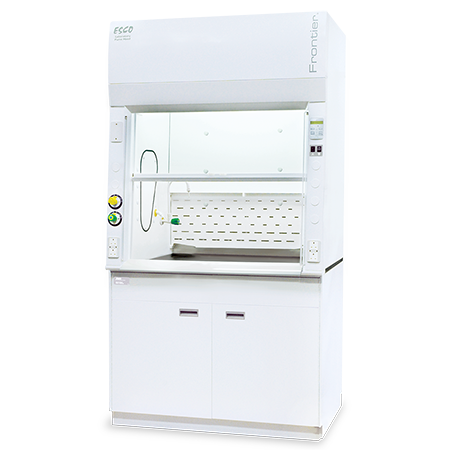
EFA
Read more: The Lab Cycle: Esco Scientific Quarterly Newsletter - Issue 8, Jan – Mar 2022 , How Ducted Fume Hood Works, Safety Tips When Using Laboratory Fume Hoods, Must-have features of a Ducted Fume Hood
References:
[1] Deinking and Recycling Technologies. (n.d.). Pulp and Paper Technology. https://www.pulpandpaper-technology.com/articles/deinking-and-recycling-technologies
[2] How Is Paper Recycled: Step by Step. (2018, September 4). Greentumble. https://greentumble.com/how-is-paper-recycled-step-by-step/
[3] Paper Recycling Process. (n.d.). American Forest and Paper Association. https://www.afandpa.org/priorities/recycling/paper-recycling-process
[4] Recycling of Paper Process. (n.d.). BYJUS. https://byjus.com/chemistry/recycling-of-paper/
[5] Rinkesh (n.d.). How Paper is Recycled: Step-by-Step Process (and Benefits Too). Conserve Energy Future. https://www.conserve-energy-future.com/paperrecycling.php
[6] Witherspoon, C. (2022, January 7). The Paper Recycling Process Explained. Rubicon. https://www.conserve-energy-future.com/paperrecycling.php